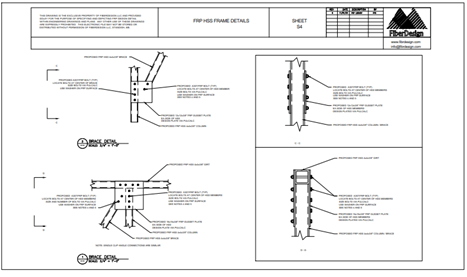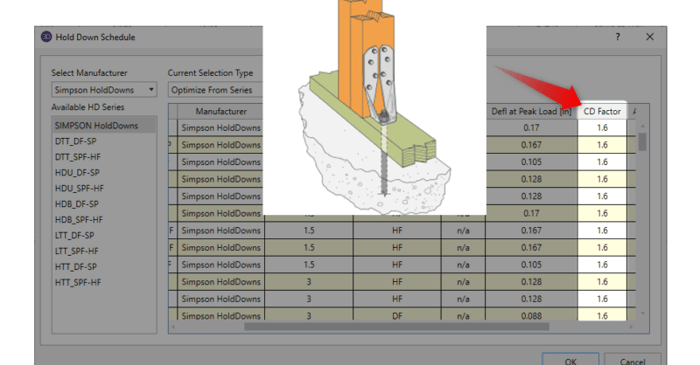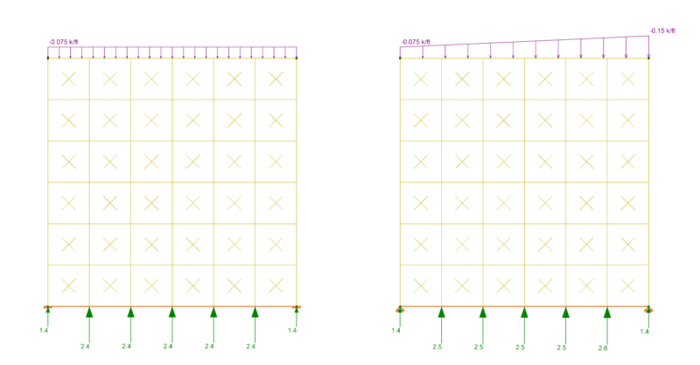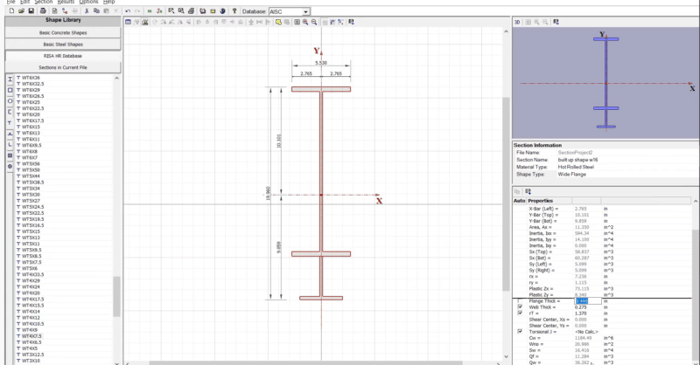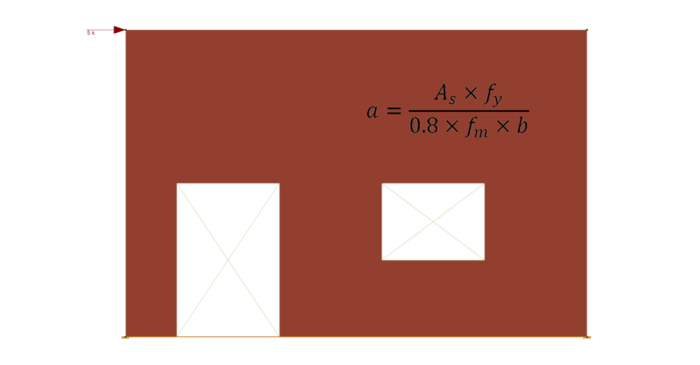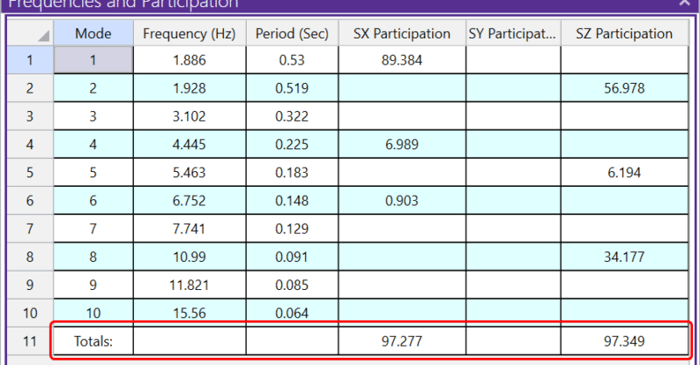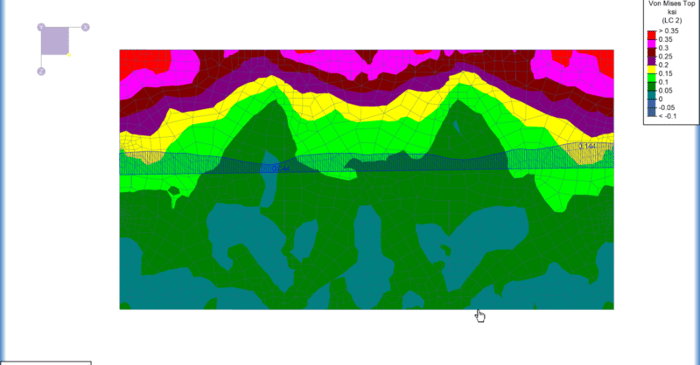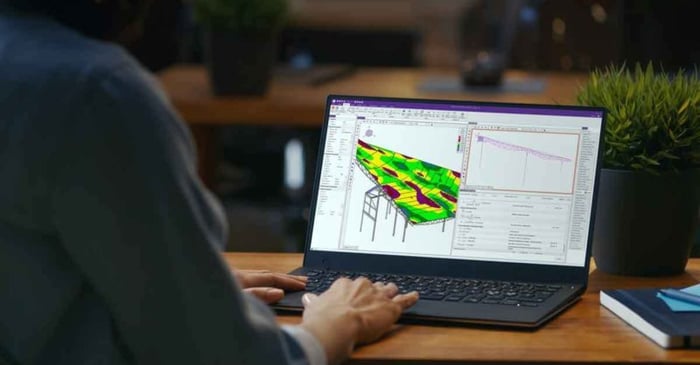
October 15, 2020
LIVE ONLINE TRAINING: Introducing the RISA-3D Quick Start Course
The Quick Start Course is a 4-hour introduction to the basic features and functionality of RISA-3D that utilizes expert instruction and example models to familiarize users with the user interface as well as the main workflow of modeling, loading, analyzing, designing and documenting a model in...





